Train travel in Europe evokes a sense of nostalgia and adventure that few other modes of transportation can match. The rhythmic clatter of wheels on tracks, the gentle sway of the carriage, and the panoramic views of the countryside create an experience that is both enchanting and liberating. From the moment you step aboard, you are transported not just physically but also emotionally, as the train becomes a vessel for exploration and discovery.
The romance of train travel is deeply rooted in the continent’s history, where railways have long been the arteries connecting vibrant cities and picturesque villages, each with its own unique story to tell. The allure of train travel is further enhanced by the diverse landscapes that unfold outside your window. As the train glides through rolling hills, dense forests, and charming towns, passengers are treated to a visual feast that changes with every passing mile.
The experience is not merely about reaching a destination; it is about savoring the journey itself. Whether it’s the majestic Alps in Switzerland or the sun-kissed vineyards of Tuscany, each route offers a new perspective on Europe’s rich tapestry of culture and nature. This sense of wonder is what makes train travel an enduring favorite among adventurers and romantics alike.
Key Takeaways
- Train travel in Europe offers a romantic and scenic way to explore the continent, with charming landscapes and historic routes.
- Planning your European train adventure involves researching routes, schedules, and booking tickets in advance to make the most of your trip.
- Must-see destinations and hidden gems along European train routes include iconic cities, picturesque towns, and off-the-beaten-path locations.
- Navigating Europe’s extensive rail network requires understanding different train types, ticket options, and transportation hubs for seamless travel.
- Choosing the right rail pass for your trip involves considering the duration, countries, and flexibility needed for your European train adventure.
Planning Your European Train Adventure
Logistical Considerations
Each route offers its own unique charm and attractions, so it’s essential to prioritize your must-see destinations. Once you have a rough itinerary, it’s time to delve into the logistics of train travel. This includes checking train schedules, understanding travel times, and booking tickets in advance when necessary. Many European countries offer online platforms where you can purchase tickets directly, often at discounted rates if booked early.
Enhancing Your Travel Experience
Additionally, consider downloading mobile apps that provide real-time updates on train schedules and platform changes. This level of preparation not only enhances your travel experience but also alleviates any potential stress associated with navigating unfamiliar rail systems.
Must-See Destinations and Hidden Gems
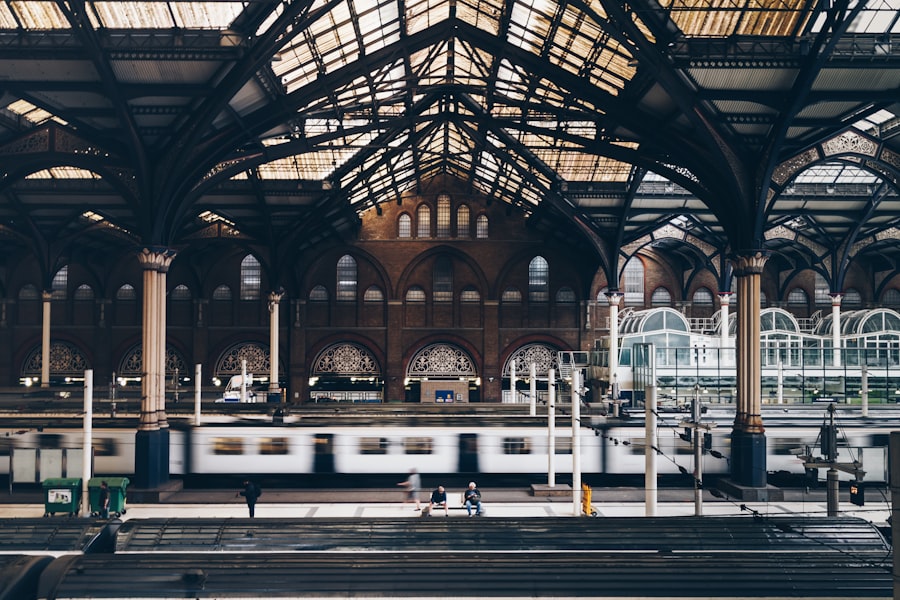
Europe is replete with must-see destinations that are easily accessible by train, each offering a unique glimpse into the continent’s diverse cultures and histories. Cities like Paris, Rome, and Barcelona are perennial favorites, drawing millions of visitors each year with their iconic landmarks and vibrant atmospheres. In Paris, for instance, travelers can marvel at the Eiffel Tower, stroll along the Seine River, or indulge in world-class cuisine at a local bistro.
Similarly, Rome’s ancient ruins, such as the Colosseum and the Roman Forum, provide a fascinating window into the past. However, beyond these well-trodden paths lie hidden gems waiting to be discovered. Towns like Gjirokastër in Albania or Český Krumlov in the Czech Republic offer enchanting experiences away from the crowds.
Gjirokastër, with its Ottoman-era architecture and stunning mountain backdrop, invites visitors to explore its cobblestone streets and rich history. Meanwhile, Český Krumlov enchants with its fairy-tale castle and meandering river, making it a perfect stop for those seeking tranquility and charm. These lesser-known destinations often provide a more authentic glimpse into local life and culture, enriching your overall travel experience.
Navigating Europe’s Extensive Rail Network
| Country | Length of Rail Network (km) | High-speed Rail Network (km) |
|---|---|---|
| Germany | 33,590 | 3,300 |
| France | 29,640 | 2,800 |
| Spain | 16,026 | 3,240 |
| Italy | 16,787 | 1,000 |
| United Kingdom | 16,209 | 1,300 |
Navigating Europe’s extensive rail network can initially seem daunting due to its complexity and variety of services available. However, once you familiarize yourself with the system, it becomes an intuitive and enjoyable way to travel. Major cities are typically well-connected by high-speed trains that significantly reduce travel time; for example, the TGV in France can whisk you from Paris to Lyon in just over two hours.
Additionally, regional trains serve smaller towns and rural areas, allowing travelers to explore off-the-beaten-path locations. Understanding the different types of trains is crucial for effective navigation. High-speed trains like Eurostar or Thalys offer premium services with comfortable seating and onboard amenities but often require reservations.
In contrast, regional trains may not require advance booking and provide a more casual travel experience. Familiarizing yourself with terms like “InterCity,” “Regional Express,” or “S-Bahn” can help you choose the right service for your journey. Moreover, platforms like Eurail or Interrail provide comprehensive information on schedules and connections, making it easier to plan your route efficiently.
Choosing the Right Rail Pass for Your Trip
Selecting the right rail pass can significantly enhance your European train adventure by providing flexibility and cost savings. Various options cater to different travel styles and itineraries. For instance, the Eurail Pass allows non-European residents to travel across multiple countries with ease, offering unlimited travel on most trains for a set number of days within a specific timeframe.
This pass is ideal for those who wish to explore several countries without being tied down to fixed schedules. Alternatively, if you plan to focus on a single country, national rail passes such as the German Rail Pass or the Italian Rail Pass may be more economical. These passes often include additional perks like discounts on local attractions or free travel on certain regional trains.
It’s essential to assess your travel plans carefully—consider how many journeys you intend to make and whether you prefer spontaneity or structured travel—before committing to a particular pass. By doing so, you can maximize your budget while enjoying the freedom that train travel offers.
Tips for Making the Most of Your Train Journey
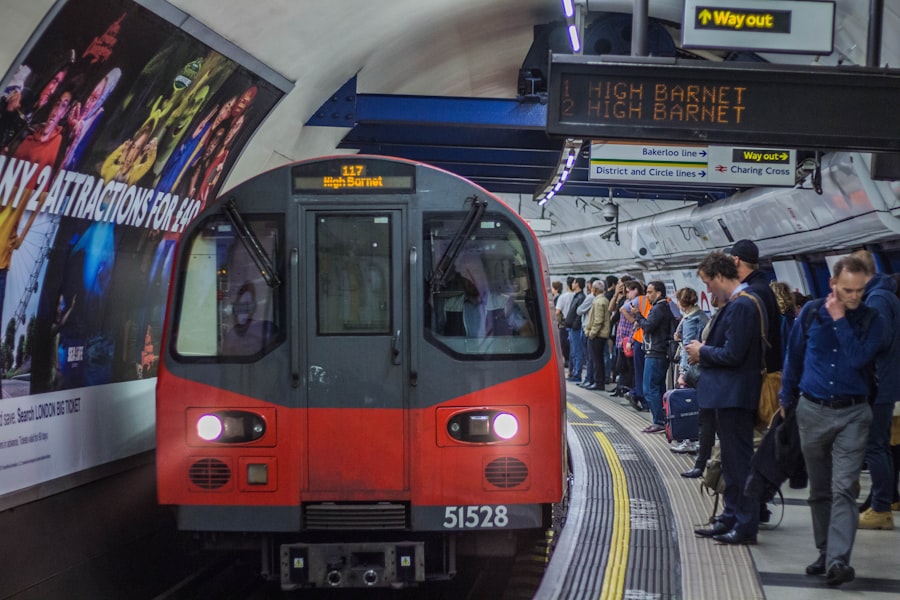
To truly savor your train journey across Europe, consider implementing a few practical tips that can enhance your experience. First and foremost, arrive at the station early to allow ample time for ticket validation and boarding procedures. Major train stations can be bustling hubs filled with travelers from around the world; thus, having extra time ensures you won’t feel rushed or stressed before departure.
Another valuable tip is to pack light but smartly. While many trains offer ample luggage space, maneuvering through crowded stations can be cumbersome with heavy bags. Opt for a compact suitcase or backpack that contains essentials such as snacks, water, a good book or e-reader, and any necessary chargers for electronic devices.
Additionally, consider bringing a travel pillow or blanket for added comfort during longer journeys; this small investment can make a significant difference in your overall enjoyment.
Experiencing the Scenic Routes and Landscapes
One of the most captivating aspects of train travel in Europe is the opportunity to experience some of the continent’s most breathtaking landscapes from the comfort of your seat. Scenic routes like the Glacier Express in Switzerland offer unparalleled views of snow-capped mountains, lush valleys, and charming villages nestled in remote locations. This particular journey takes passengers through 91 tunnels and over 291 bridges, showcasing Switzerland’s stunning natural beauty while providing an unforgettable travel experience.
Similarly, the West Highland Line in Scotland is renowned for its dramatic scenery as it winds through rugged highlands and along picturesque lochs. Travelers aboard this route are treated to views of Ben Nevis—the UK’s highest peak—and can even catch glimpses of the famous Hogwarts Express route made famous by the Harry Potter films. These scenic journeys not only highlight Europe’s diverse geography but also create lasting memories that transcend mere transportation.
Embracing the Local Culture and Cuisine Along the Way
Train travel provides an excellent opportunity to immerse yourself in local culture and cuisine as you traverse different regions of Europe. Many trains feature dining cars where passengers can enjoy meals prepared with regional ingredients while taking in stunning views outside their windows. For instance, traveling through Italy offers a chance to savor authentic pasta dishes or regional wines as you glide past vineyards and olive groves.
Moreover, many train stations themselves serve as cultural hubs where travelers can sample local delicacies from food stalls or nearby cafes. In Barcelona’s Sants station, for example, visitors can indulge in tapas while waiting for their train or pick up fresh pastries from local bakeries in Paris’ Gare de Lyon. Engaging with local cuisine not only enhances your culinary experience but also fosters connections with the culture of each destination you visit.
Connecting with Fellow Travelers on the Train
One of the joys of train travel is the opportunity to meet fellow travelers from around the world. Trains often serve as melting pots where people from diverse backgrounds come together for shared journeys. Striking up conversations with fellow passengers can lead to enriching exchanges about travel experiences, cultural insights, or even recommendations for hidden gems at your next stop.
Many travelers find camaraderie in shared experiences—whether it’s marveling at breathtaking landscapes together or discussing favorite destinations over coffee in the dining car. Some trains even offer communal seating arrangements that encourage interaction among passengers. Embracing these opportunities not only enhances your journey but also fosters a sense of community among those who share a passion for exploration.
Exploring Europe’s Historic and Modern Cities
Europe’s cities are a captivating blend of history and modernity, each offering unique experiences that reflect their rich heritage while embracing contemporary culture. Cities like Athens boast ancient ruins such as the Acropolis alongside vibrant street art scenes that showcase modern creativity. Similarly, Berlin juxtaposes its historical significance with cutting-edge architecture and an eclectic arts scene that draws visitors from around the globe.
Traveling by train allows you to seamlessly transition between these historic sites and modern attractions within a single day or over several days. For instance, one could start their day exploring Prague’s medieval Old Town before hopping on a train to Vienna to experience its imperial palaces and contemporary art galleries later in the afternoon. This fluidity between past and present enriches your understanding of Europe’s diverse cultural landscape.
Reflecting on the Memories of Your European Train Adventure
As your European train adventure comes to an end, take time to reflect on the myriad experiences that have shaped your journey. The memories created during these travels—whether it was sharing laughter with fellow passengers or witnessing breathtaking landscapes—become cherished stories that linger long after returning home. Each destination visited adds another layer to your understanding of Europe’s rich tapestry of cultures and histories.
Moreover, documenting your experiences through journaling or photography can help preserve these memories for years to come. Capturing moments such as sipping coffee at a quaint café in Florence or watching sunset over Lake Geneva allows you to relive those feelings whenever you revisit your notes or images. Ultimately, train travel across Europe is not just about reaching new destinations; it is about creating lasting memories that inspire future adventures and foster a deeper appreciation for this remarkable continent.
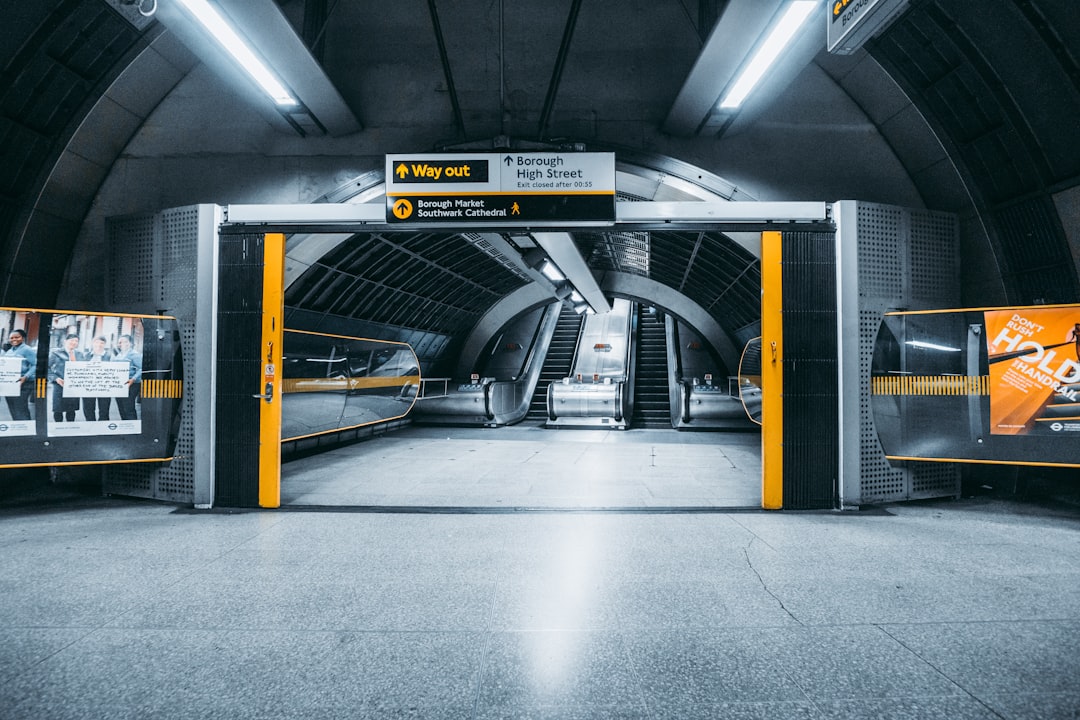

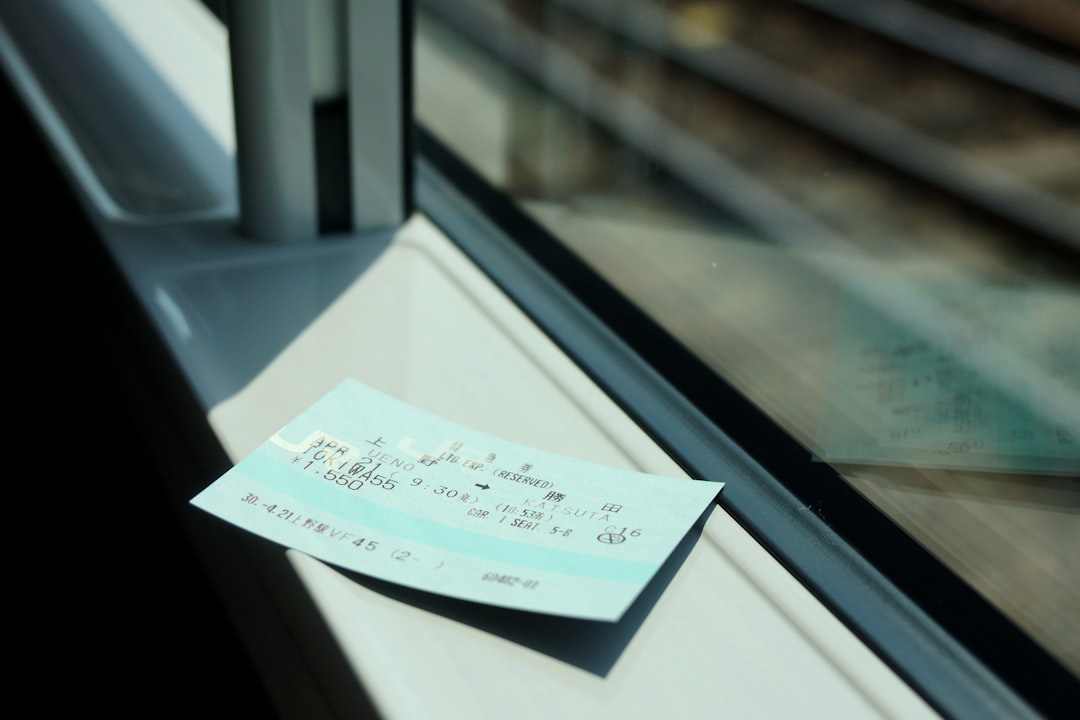
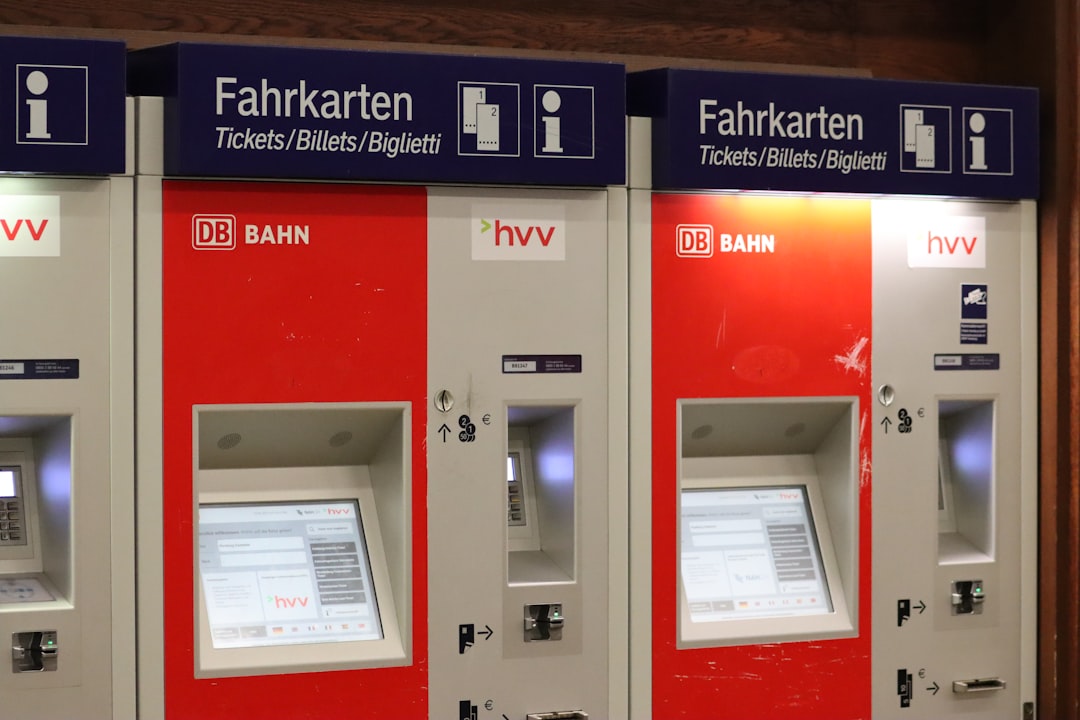
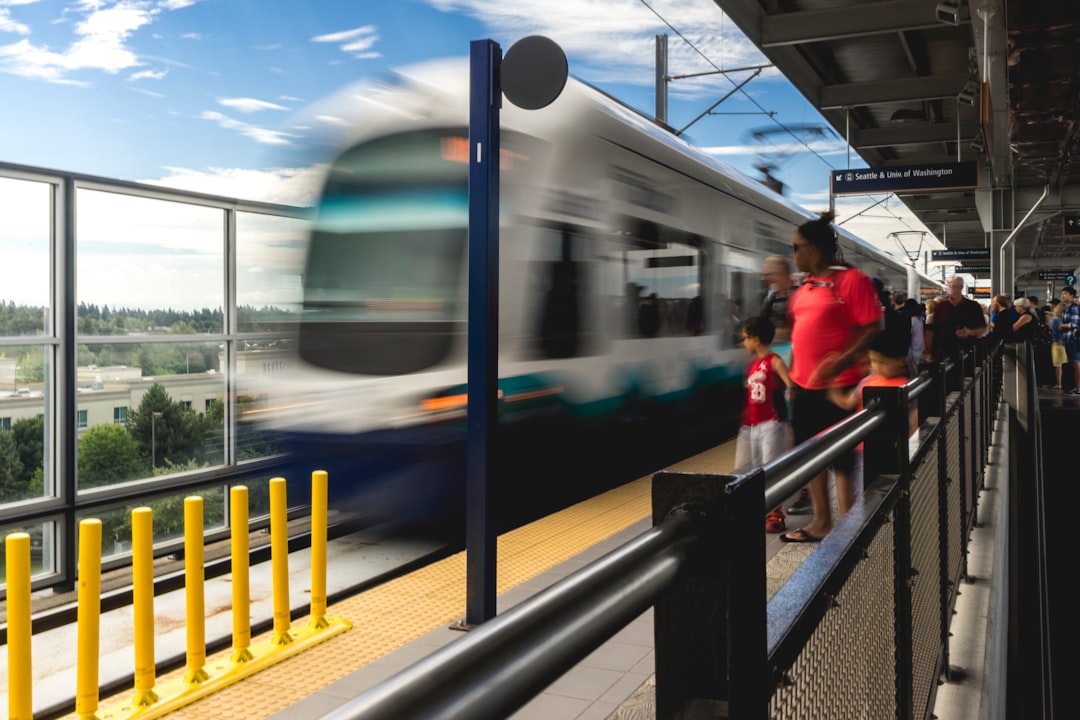
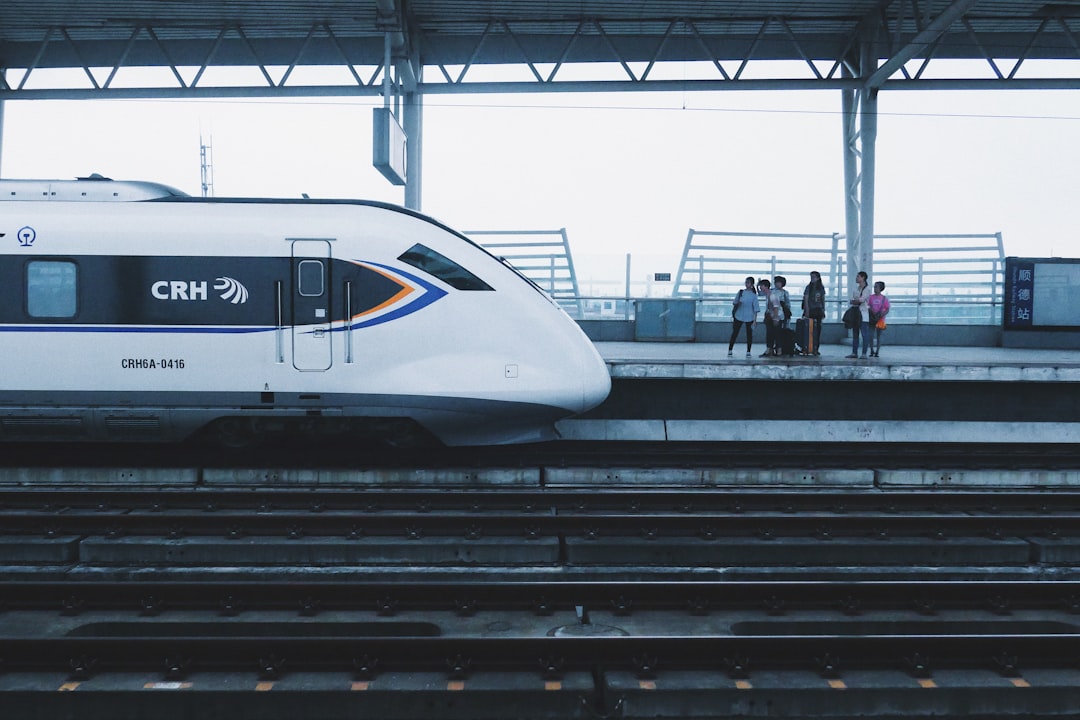
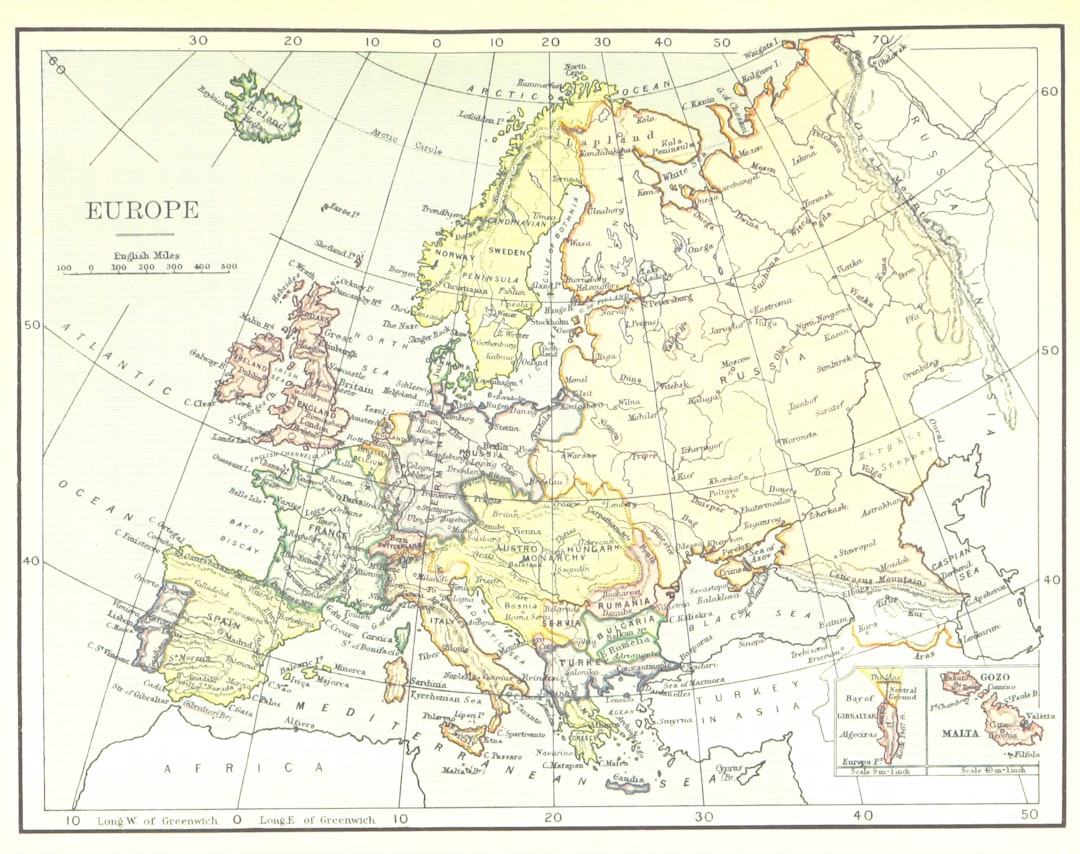
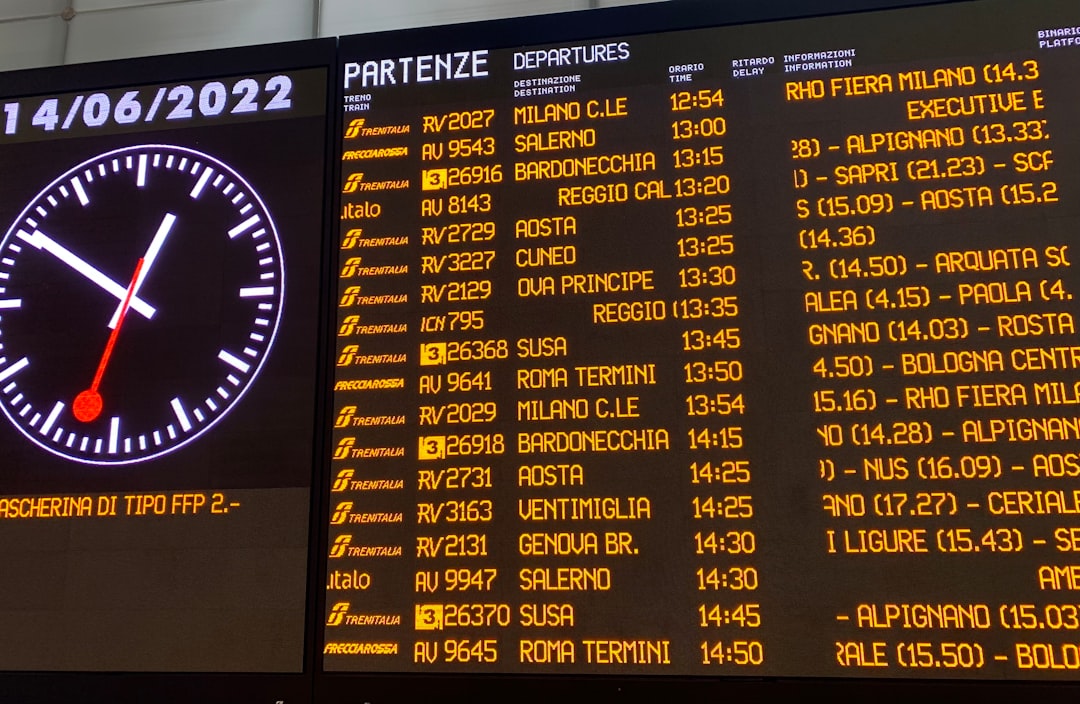
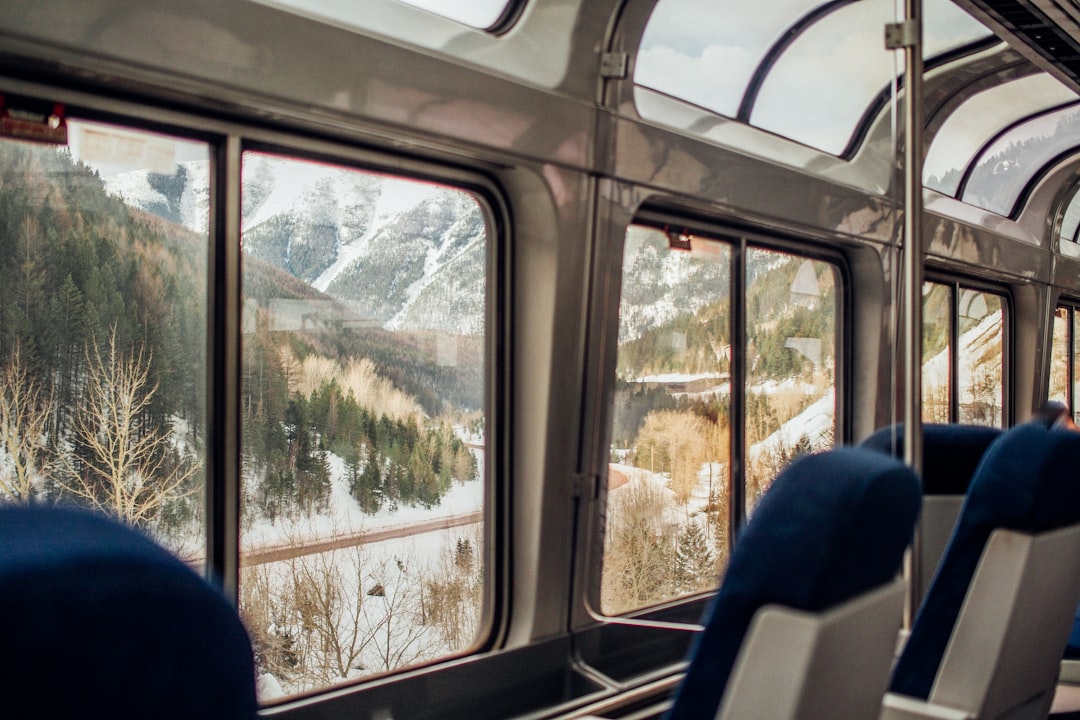
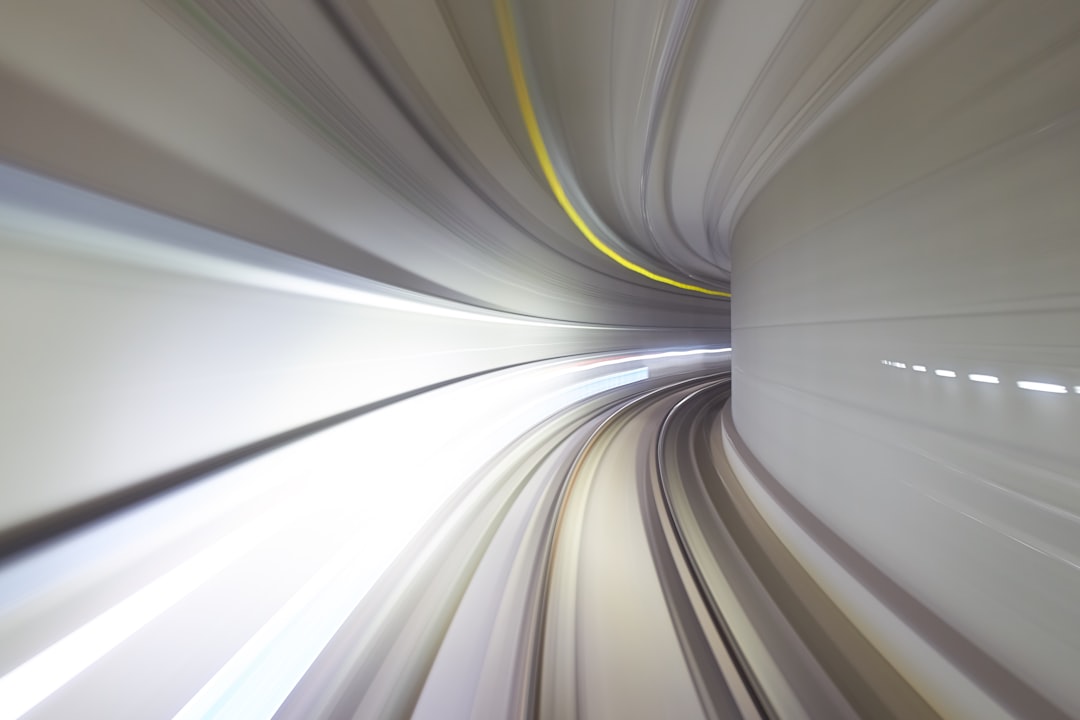

Leave a Reply